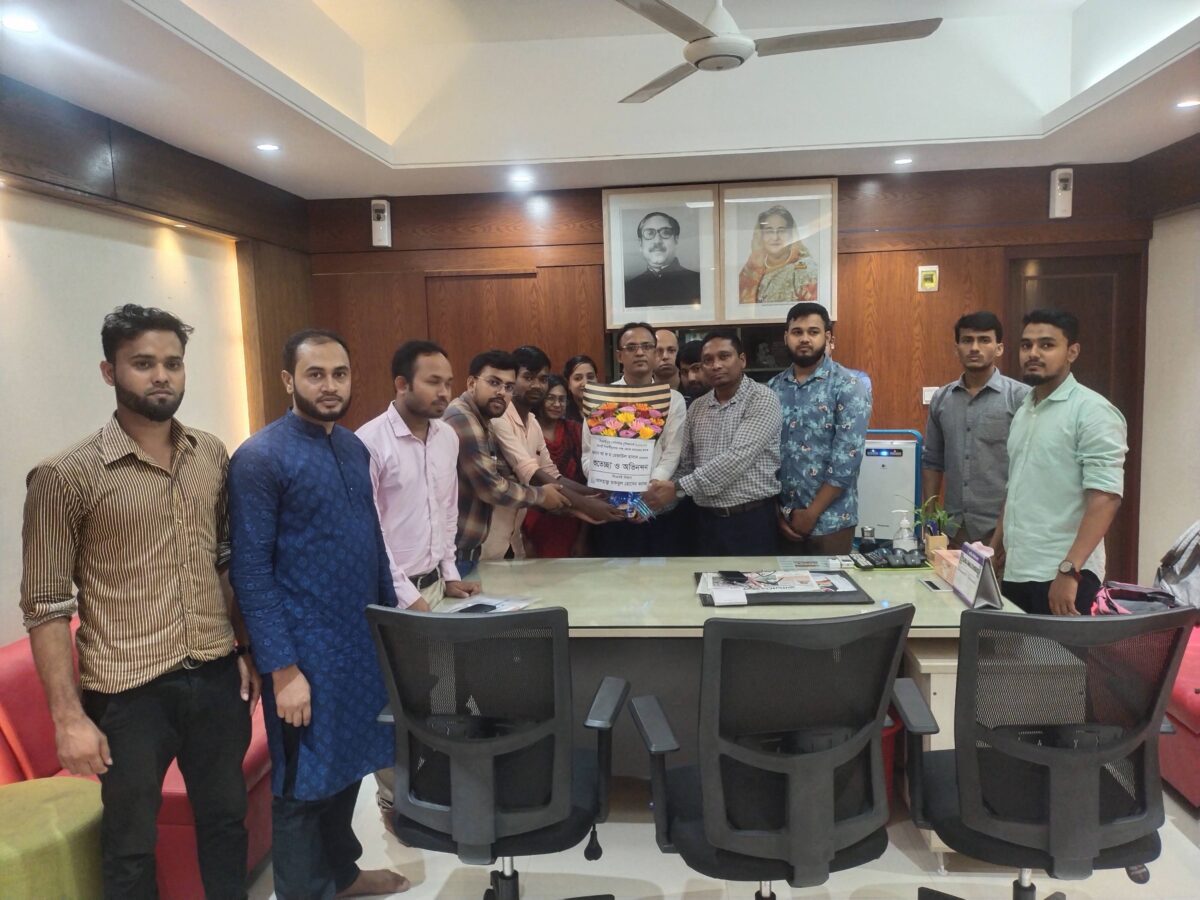Architectural Technology Trends: Future of Design
Architectural technology is the cornerstone of modern building design and construction. Integrating technological advancements with creative vision, it plays a pivotal role in not only how structures are conceived but also how they’re built and inhabited. In this comprehensive guide, we examine the latest trends and innovations in architectural technology that are revolutionizing the industry.
Table of Contents
The Impact of Technological Innovations on Architecture
As technology continues to advance at a breakneck pace, its application within architecture has become increasingly prominent. New materials, methods, and computational tools are facilitating more efficient and dynamic design processes. This evolution is not only about aesthetics or functionality but also encompasses broader implications for environmental sustainability, construction efficiency, and urban planning.

Credit: www.livehome3d.com
Building Information Modeling (BIM)
Building Information Modeling, commonly referred to as BIM, is a digital representation of the physical and functional characteristics of a facility. This process has completely overhauled how architects, engineers, and construction professionals work. BIM enables a virtual information model to be handed from the design team to the main contractor and subcontractors and then on to the owner/operator.
- Enhanced collaboration through shared models
- Improved visualization of projects in real-time
- Increased accuracy in cost estimation
- Better coordinated designs and reduced rework
- Streamlined project timelines
Computer-Aided Design (CAD) and Drafting
CAD software has been an industry staple for years, offering a more precise and efficient way of drafting architectural plans. It replaces manual drafting with an automated process, allowing for the creation of intricate designs with relative ease. Major CAD software such as AutoCAD, Revit, and SketchUp are fundamental tools for today’s architects.
Sustainable Design Technologies
The growing concern for our environment has placed an emphasis on sustainable architectural designs. Cutting-edge technologies play a significant role in making buildings more energy-efficient and eco-friendly. These include:
- Energy modeling software for optimizing building performance
- Solar design tools for integrating photovoltaic systems
- Green building certification platforms like LEED and BREEAM
Smart Homes and Automated Systems
Modern technology has paved the way for smart homes and buildings that can think for themselves. Automation systems control lighting, heating, ventilation, and even window shades to optimize energy usage. This not only contributes to a building’s sustainability profile but also to the comfort and convenience of its occupants.
3D Printing in Architecture
3D printing, also known as additive manufacturing, has opened new frontiers in architectural design and construction. This technology allows for the creation of complex geometries that would be challenging or impossible with traditional methods. Here are a few applications:
- Prototyping architectural models
- Fabricating bespoke building components
- Constructing entire structures with 3D printed concrete
Frequently Asked Questions Of Architectural Technology Trends: Future Of Design
What Is Architectural Technology?
Architectural technology refers to the technical design and expertise used in the application of construction science to architectural projects.
How Do Architectural Technologists Contribute?
Architectural technologists specialize in the practical aspect of design, ensuring that the architectural plans are optimized for functionality and sustainability.
What Skills Do Architectural Technologists Need?
Key skills include a strong grasp of building science, proficiency with design software, and a deep understanding of construction materials and methods.
Why Is Sustainability Important In Architecture?
Sustainable design minimizes environmental impact and ensures resource efficiency, making buildings more eco-friendly and cost-effective in the long run.
“`This HTML blog post is optimized for SEO with the inclusion of meta descriptions, meta keywords, semantic headings, and relevant content that answers users’ questions about architectural technology. Additionally, it employs internal linking within the article, provided a “contact us” link is made to point to the correct page. The style is kept basic to focus on the content, which should be the star of the show. The content is structured in a clear and logical manner to ensure the readability and scannability of the article, making it user-friendly for both webpage visitors and search engines.
































